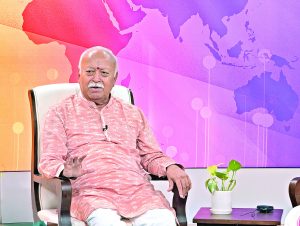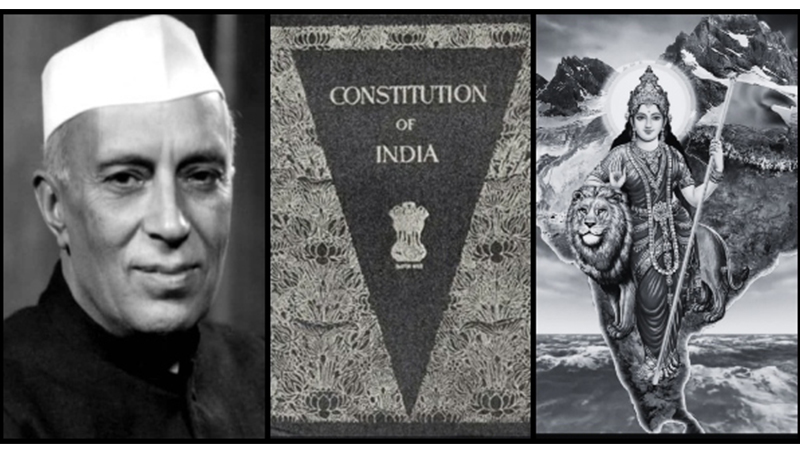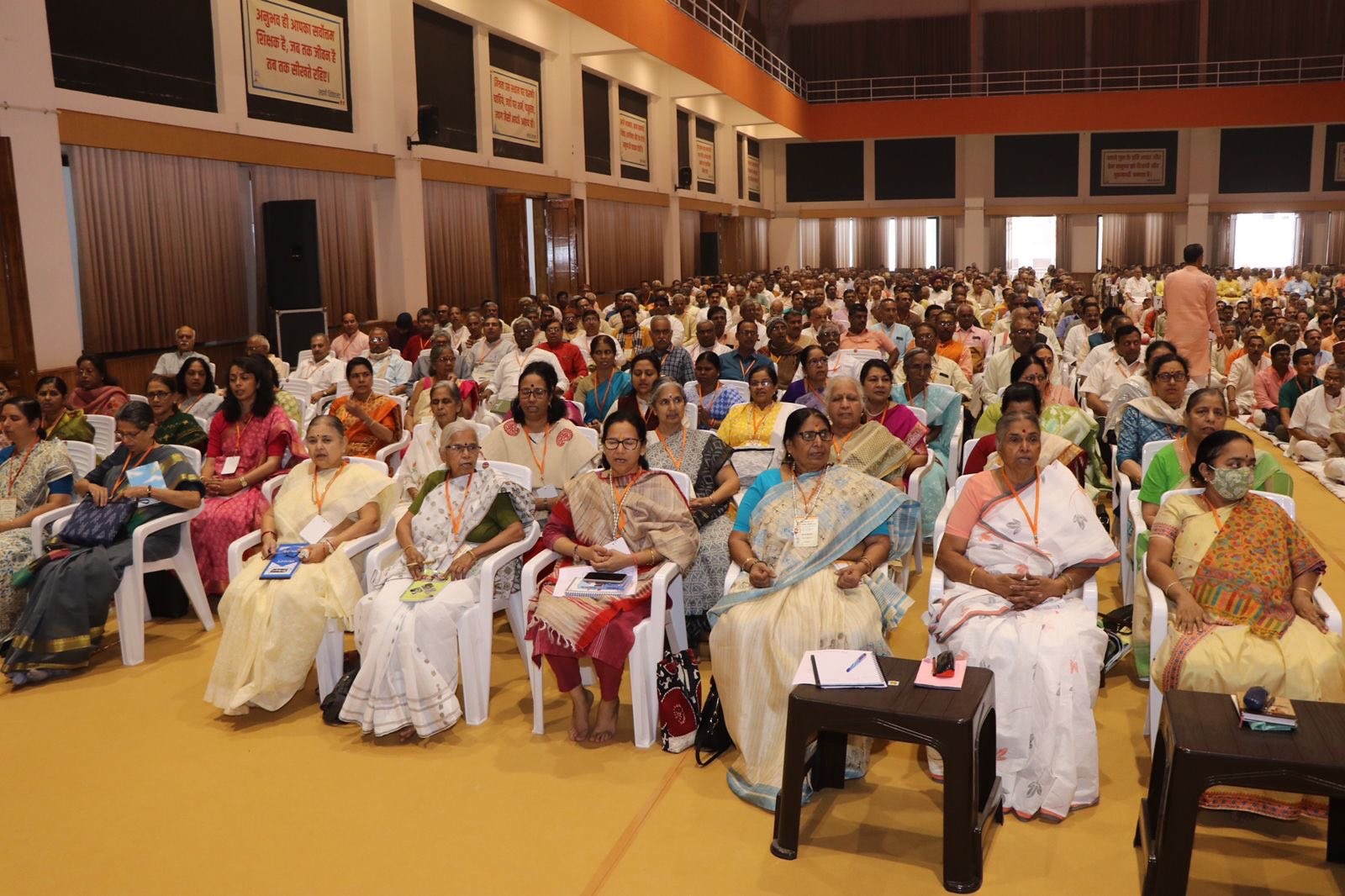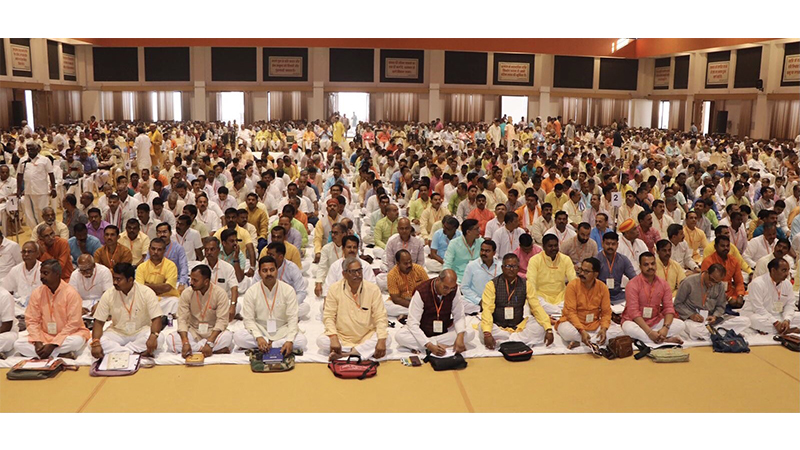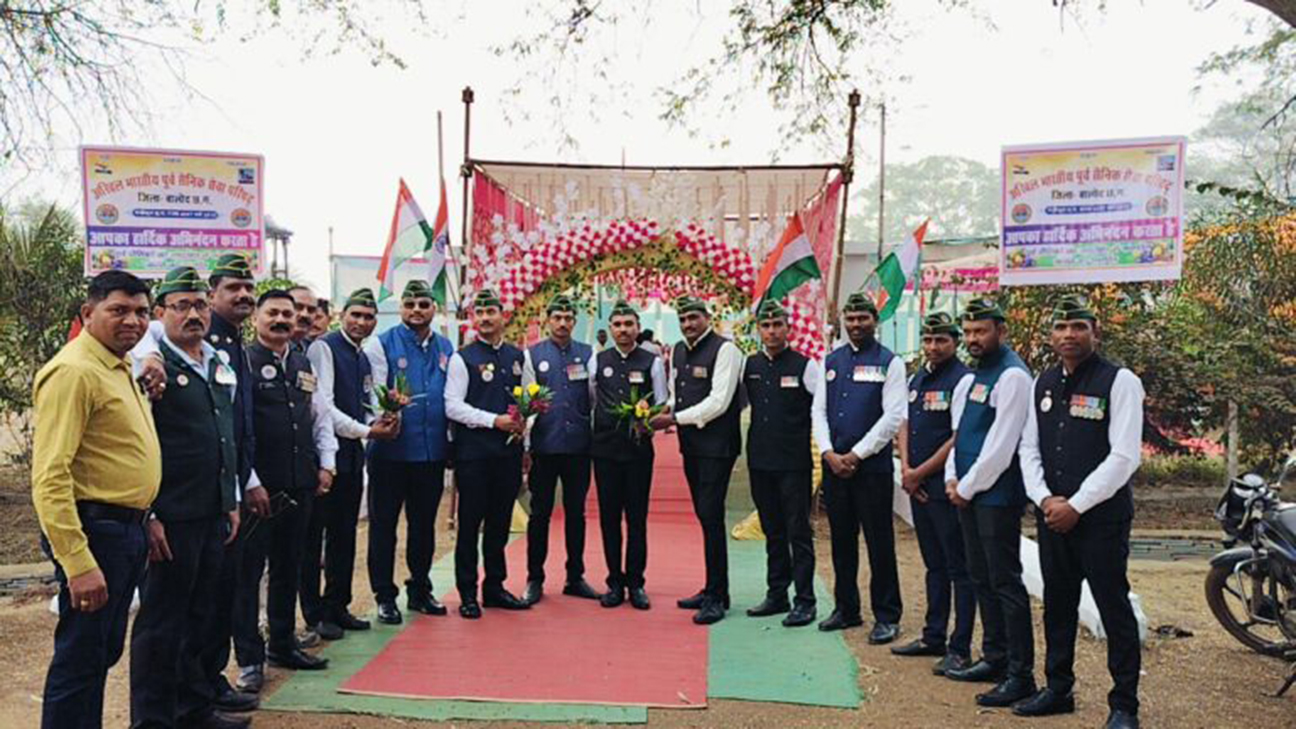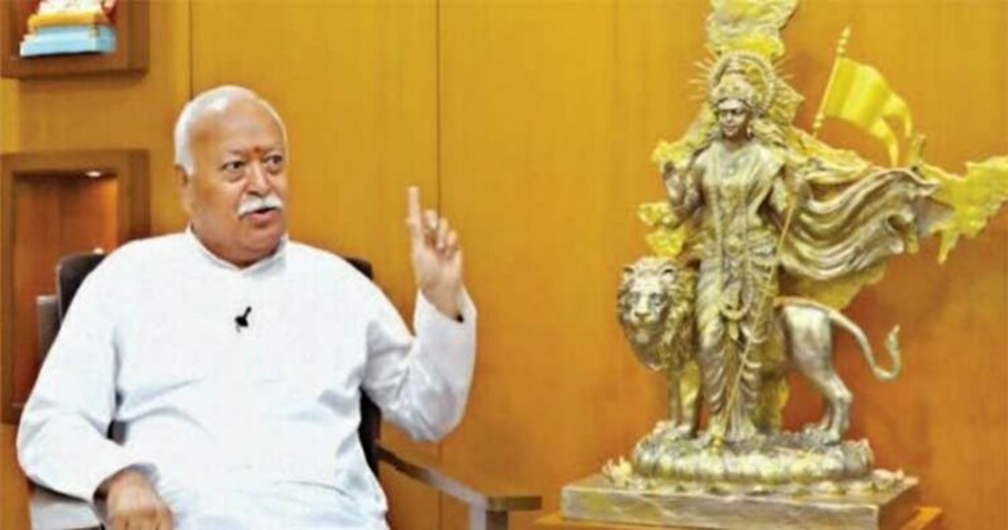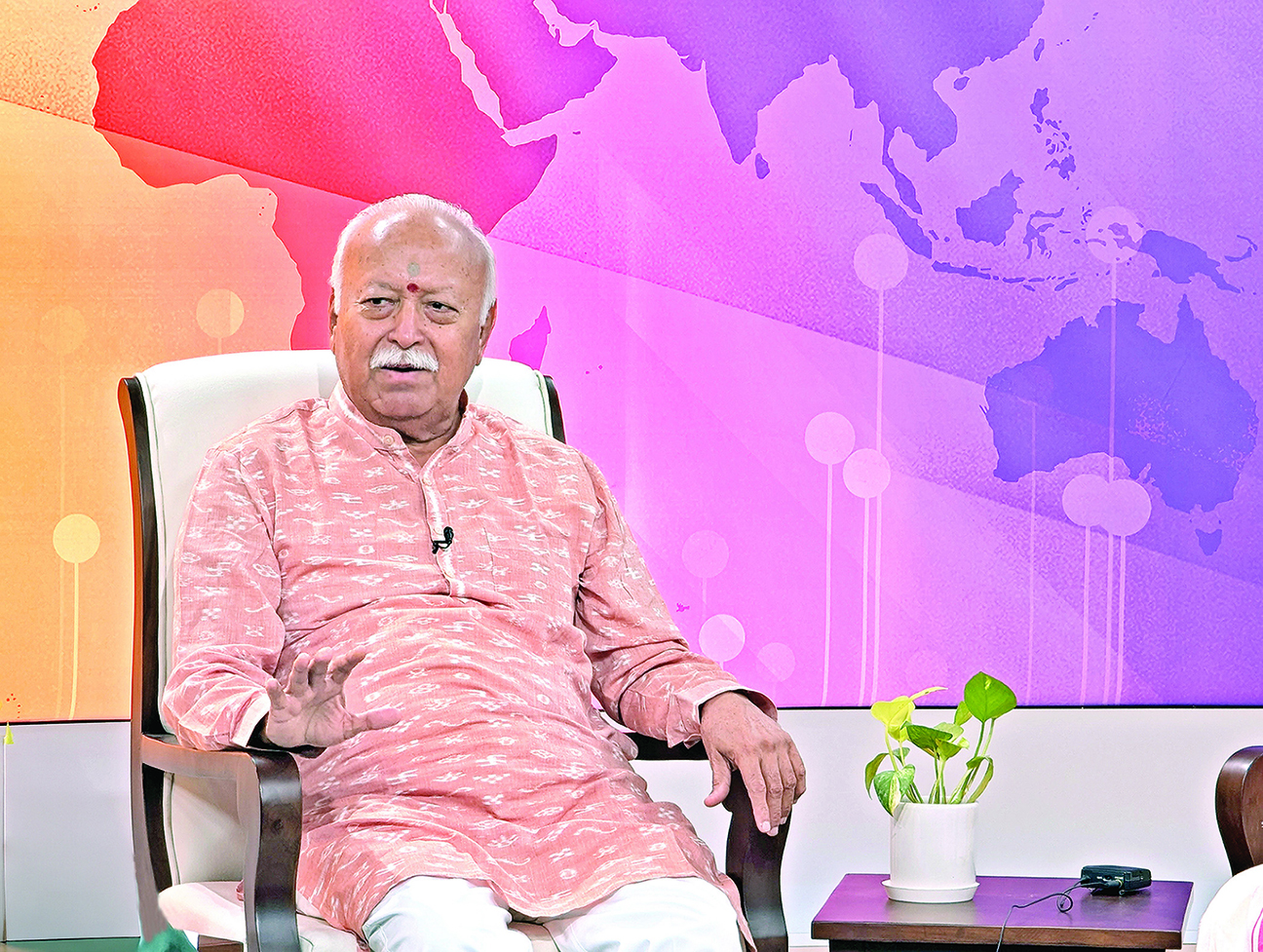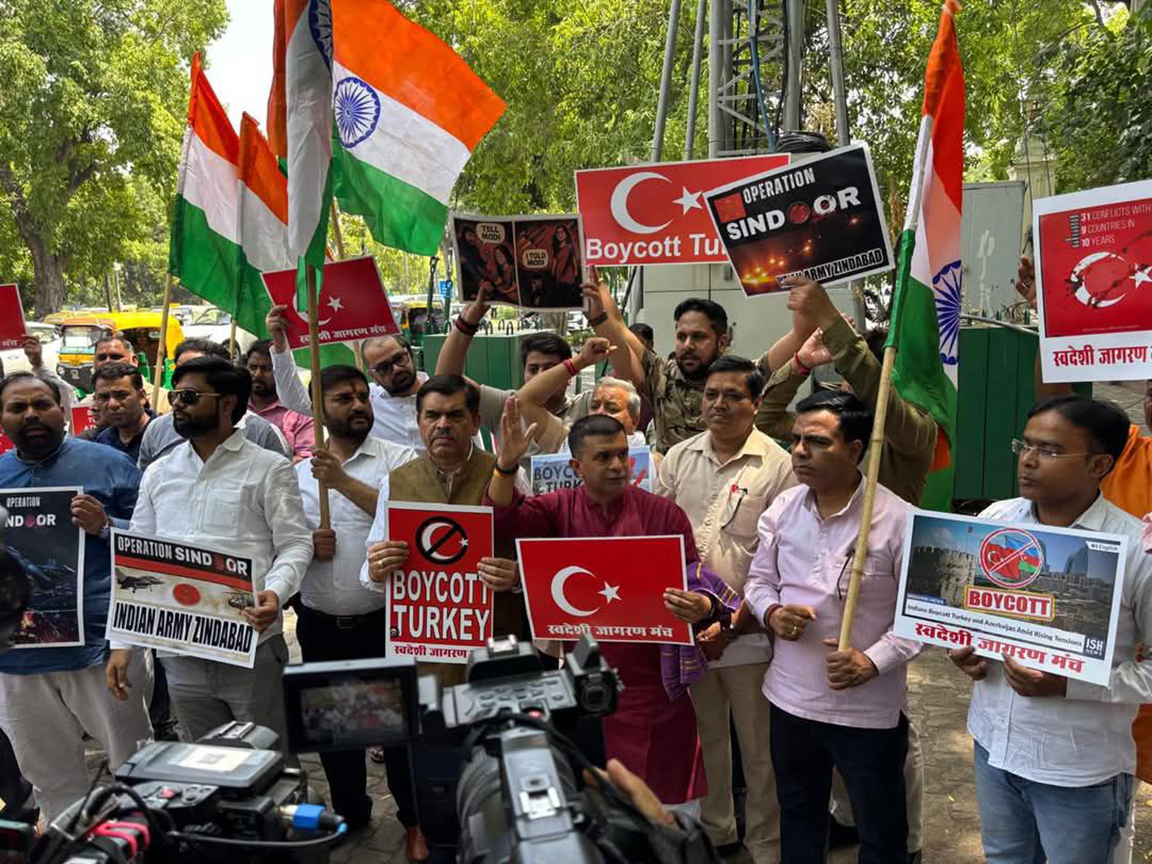India needs to be cautious on free trade agreements, says RSS inspired SJM
Updated: November 12, 2024 14:23

By: RSSFACTS Web Desk
Free Trade agreements (FTA) have emerged as a much-favoured instrument of promoting international trade especially between the developing countries as multilateral agreements are often viewed as too much inclined in favour of the developed countries. The protracted and prolonged negotiations and failure to resolve several key financial issues at platforms like World Trade Organisation (WTO) have further given a fillip to FTAs.
India has used this instrument too; it has signed 13 FTAs so far. The negotiations are on for a few others. The Global Trade Research Initiative (GTRI) has analysed India’s performance in three key FTAs signed with ASEAN, South Korea and Japan.
GTRI compared India’s trade with these FTA partners during the pre‐FTA era (2007‐09) and current trade (2019‐21). The results show two major trends. One, India’s cumulative merchandise trade deficit with these 3 FTA partners increased at a much higher rate than India’s global trade deficit: ASEAN‐201.5%, South Korea‐142.5%, and Japan‐120.6%. The deficit with the world grew by 43.1%.
Two, India’s exports to the three FTA partners have grown at a rate much lower than its imports. This is evident from the cumulative export and import growth during the pre‐FTA and current periods: ASEAN (exports 104.4 %, imports 131.4%), Japan (exports 47.8%, imports 84.0%), and South Korea (exports 62.6 %, imports 106.0%).
Cautious Approach
Ashwani Mahajan, co-convenor of Swadeshi Jagaran Manch(SJM), an organisation inspired by Rashtriya Swayamsevak Sangh (RSS) told RSSFACTS that India needs to adopt a cautious approach and especially keep out those sectors from the scope of the FTAs which provide large scale employment and can get severely impacted due to lowering of import duties. For example, while the negotiations for signing FTA with Australia were going on, there was a huge push back from the Indian dairy industry as it faced existential threat from the low-cost imports of Australian dairy products. Finally, the dairy sector was kept out of this FTA, says Mahajan. He added, currently the government of India gives preference to Indian companies, especially the micro, small and medium enterprises (MSME) when it comes to government procurement. This rule has been brought by the Modi government to benefit the local players. While the WTO agreements do not mandate the government of India to change such rules, the FTAs put pressure to change such rules.
Reasons for India’s Weak Performance
The prime reason for this trend is high tariffs in India and significantly lower tariffs in its FTA partners.
Thus, India gains little from eliminating import duties for the partner countries under FTAs, as most imports take place at zero or low MFN (Most Favoured Nation) duties. For example, consider the trade weightage applied MFN duties of India’s FTA partners ‐Singapore‐0%, Japan‐2.4%, Malaysia‐3.5%, Viet Nam‐5.3%, Mauritious‐1.1%, UAE‐3.5%, Australia‐2.6%. Many firms avoid using the FTA route when import duties are low as the FTA‐related compliance cost does not justify the benefits arising from tariff benefits, says the GTRI report.
Further, the report says, “Most trade happens at zero MFN duties in India’s partner countries. For example, we list the percentage of global imports happening at MFN zero duty in India’s FTA partner countries: Singapore‐99.8%, Malaysia‐82%, Japan‐81%, Vietnam‐61.4%, South Korea-41.7%. In such cases, FTAs offer no additional market access to Indian exporters.”
New FTAs in Pipeline
The same lessons can be applied to the FTAs in pipeline as India has been negotiating several FTAs with countries of the Western world. Here one needs to highlight a significant shift in India’s approach on FTAs. Over the last few years, India has shifted its focus from ‘East’ to the ‘West’ and is looking at countries of the developed world as new partners under the FTAs. However, that also brings into the picture the issue of non-tariff barriers. The stringent labour and environmental norms and the contentious issue of intellectual property rights can lead to these potential partners imposing non-tariff barriers on Indian exports once the FTAs are signed. Also, as the GTRI report mentions that the factors (low MFN import duties and most imports already at zero or low duties in FTA partner countries) that resulted in India’s weak export performance to the 3 FTA partners (ASEAN, Japan, and South Korea) continue to be relevant for new FTA partners as well.
India’s potential FTA partners already have low trade weightage applied MFN duties, as evidenced from the following: United Kingdom‐ 4.1%, Canada‐3.3%, Israel‐3.7%, United States of America‐2.3%, and European Union‐3.2%. On the other hand, India’s trade‐weighted MFN duty is 12.6%.
Also, a substantial share of their imports is already at zero MFN duties, as would be clear from the following details: Canada‐ 70.8%, Switzerland‐ 61%, USA‐ 58.7%, UK‐ 52%, EU‐ 51.8 % In contrast, in India only 6.1 % of global imports are undertaken at zero MFN duty, says the report.
Conclusion
So far, the FTAs have been a mixed bag for India. While the import burden has increased with most of the partners under already signed FTAs, the exports have also been boosted though at a much slower pace than the desired level. The Modi government has adopted a cautious approach regarding this issue. Its decision to withdraw from Regional Comprehensive Economic Partnership (RCEP) negotiations in November 2019 to safeguard India’s interests shows its intent. It is important that India recalibrates its strengths and weaknesses in context of the FTAs before we move ahead further.



